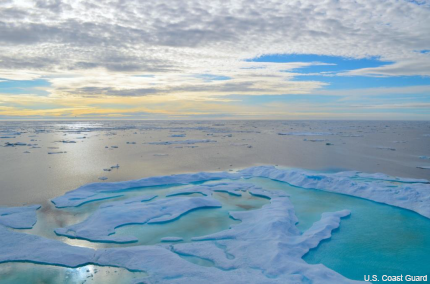DARPA to delve into the Arctic
The research agency is seeking proposals for advanced unmanned systems and sensors to provide surveillance and environmental data from above the Arctic Circle.

As Arctic ice recedes, the region could become of greater importance commercially, for trade routes and energy exploration, but also militarily.
The U.S. government, in fact, has for the first time proposed federal regulations for oil and natural-gas drilling in the Arctic Ocean and last year two senators proposed creating a U.S. ambassador’s. post for Arctic affairs. And earlier this month, scientists sponsored by the Office of Naval Research released the results of an eight-year study on the retreating ice, with one researcher saying that summer ice in the Arctic could be non-existent by the end of the century, while Navy officials discussed the national security implications.
Pentagon researchers also are getting interested. The Defense Advanced Research Projects Agency has a Broad Agency Announcement looking for industry partners rugged unmanned sensing equipment to be deployed in the Arctic and take various recordings.
DARPA said it is looking for research proposals that can provide low-cost unmanned air, surface and subsurface sensing systems that will deliver data from these areas as well track targets. Such unmanned systems must be capable of exfiltration of their data to remote facilities.
The agency noted that it doesn’t have the resources to make incursions into the Arctic to perform research and surveillance in this field, but advanced sensors and satellite communications systems—such as Iridium and Argos—to relay the data would allow it to study the Arctic and track traffic through it.
Given the austere and baron environment in the Arctic, proposed systems must be able to function reliably. Such systems will be required to operate above the Arctic Circle with unrefueled operation for at least 30 days.
DARPA hopes to gain greater insight into the Arctic environment through surveillance and assessment of potential military problems that may exist there.
Proposals are due by April 14.




